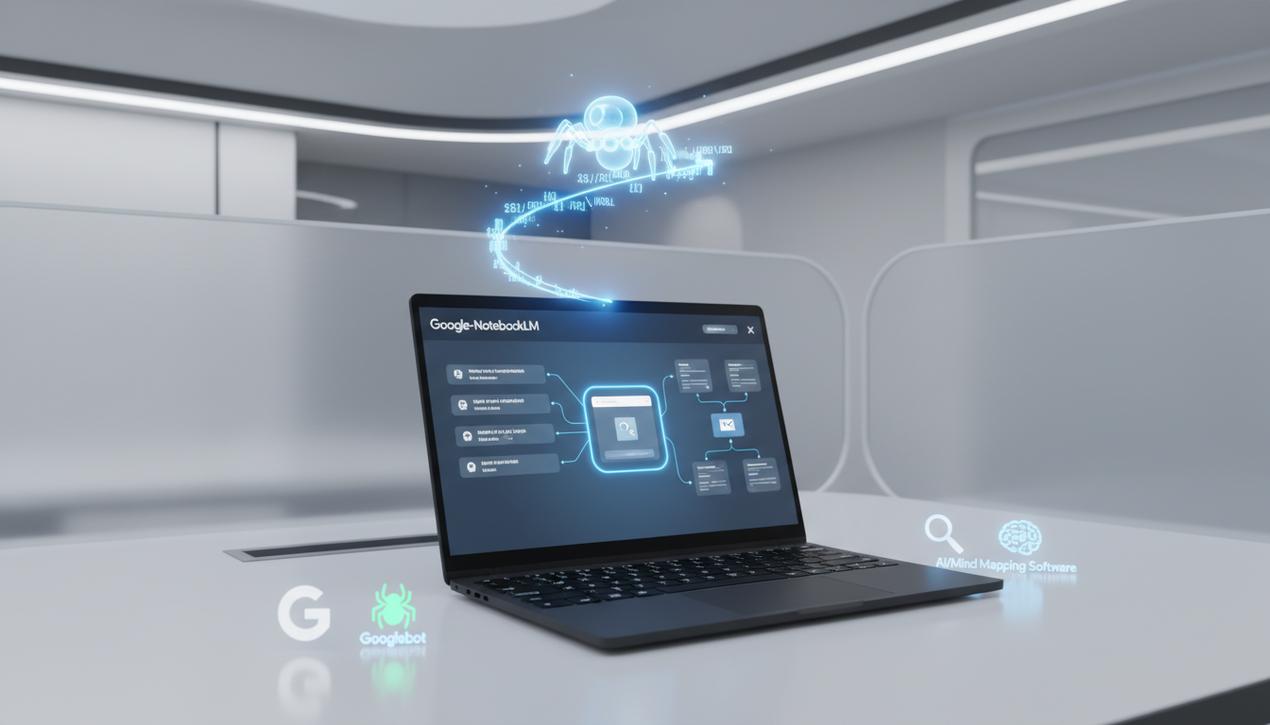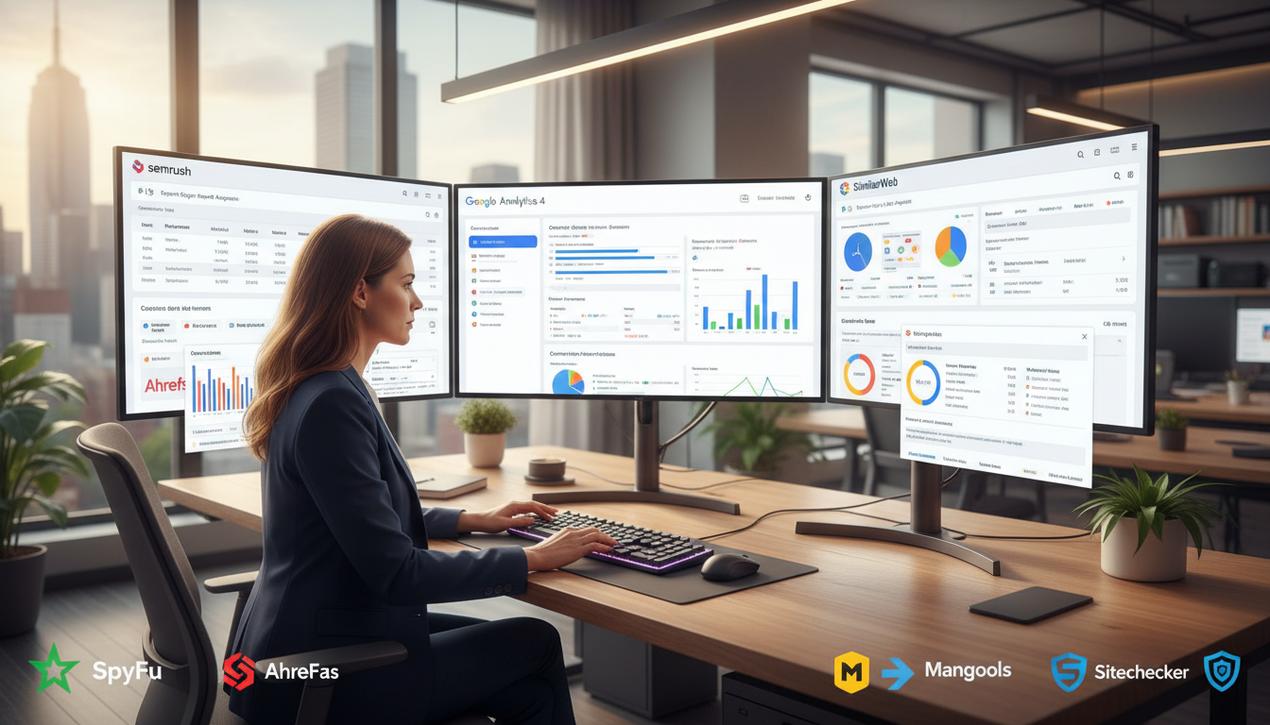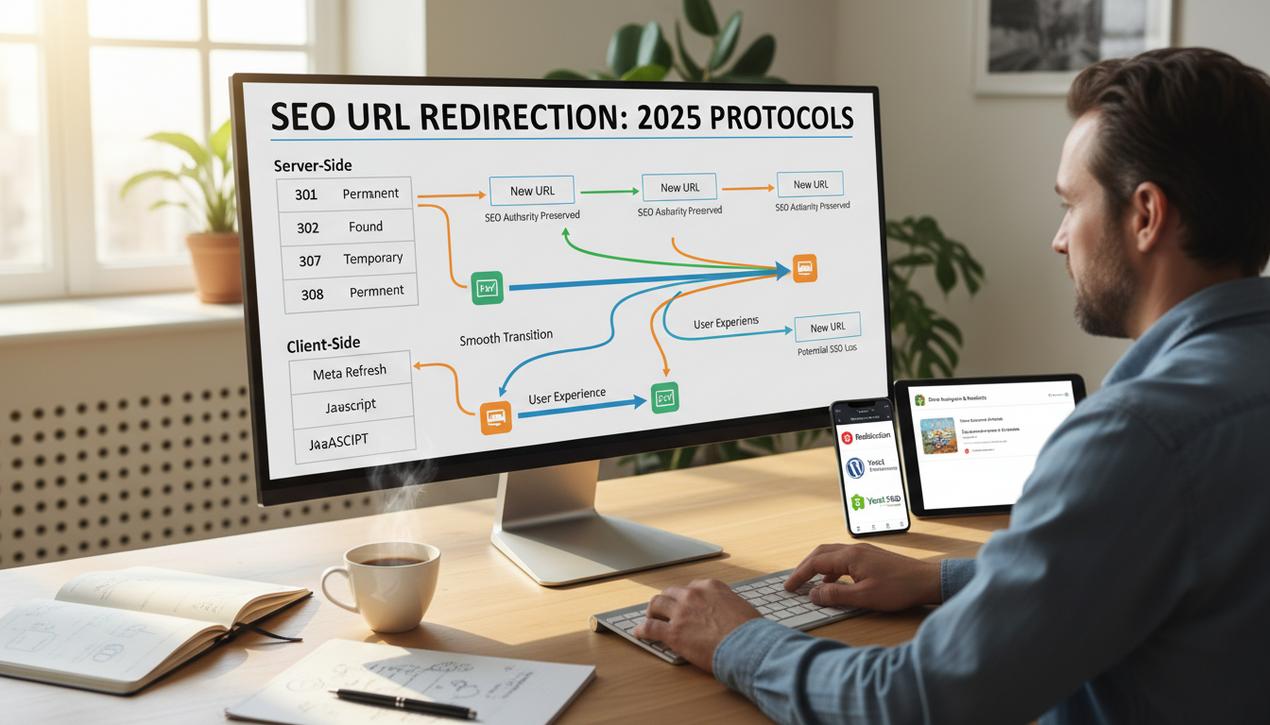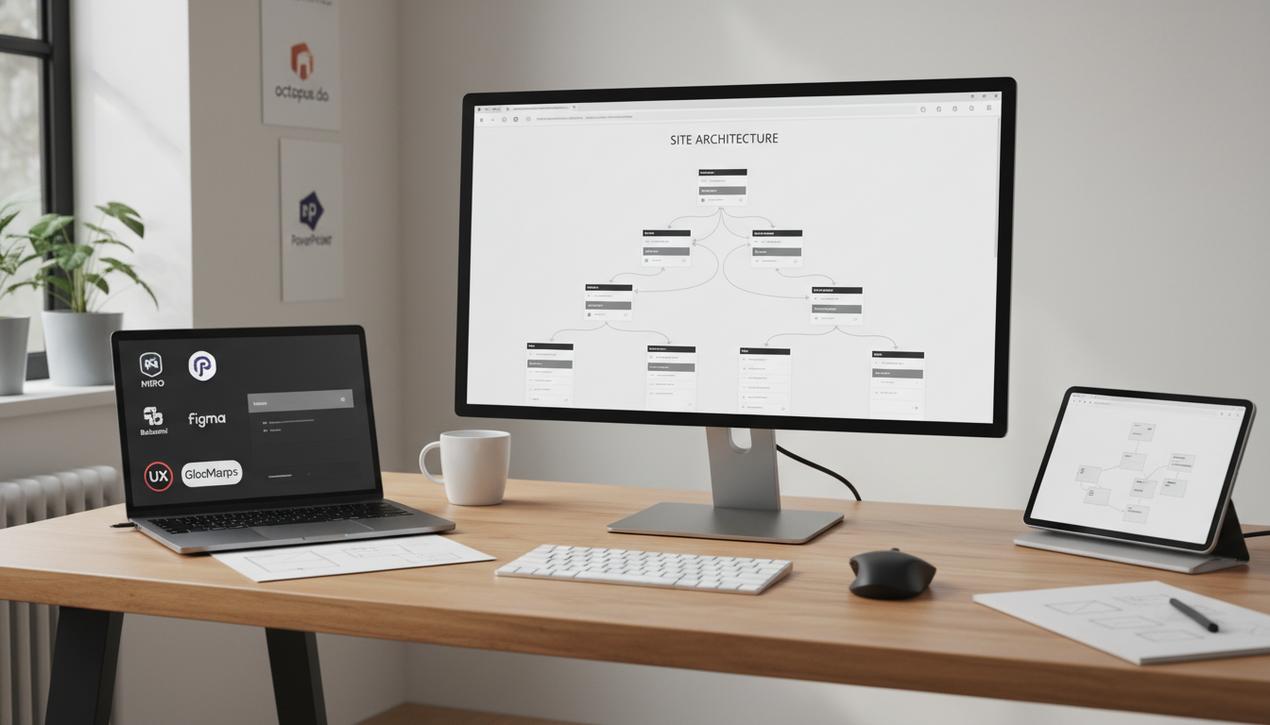A Guide to the Google NotebookLM Fetcher


The world of Google’s web crawlers is constantly expanding, and the arrival of a new agent always makes waves in the SEO community. In 2025, Google officially added Google-NotebookLM to its list of “user-triggered fetchers,” signaling a deeper integration of artificial intelligence into how web content is accessed and processed. This isn’t just a minor update; it reflects a significant trend where AI tools are changing how users interact with information. Recent studies show that over 35% of businesses are now using AI in some form, and this includes how their audiences consume content. For publishers, content creators, and SEO experts, understanding this new fetcher is crucial. It’s not another indexing bot; it’s a specialized agent whose activity is directly tied to a human action, revealing a strong level of user engagement with specific content. Understanding its purpose is key to navigating the future of search and content strategy.
What Is a User-Triggered Fetcher?
To grasp the significance of Google-NotebookLM, it’s essential to distinguish it from traditional web crawlers like the famous Googlebot. The fundamental difference lies in their operation and purpose. A user-triggered fetcher acts only on explicit request, whereas a standard crawler explores the web continuously and autonomously.
The Core Difference from Googlebot
Googlebot is Google’s primary crawler. Its mission is to browse the web by following links from page to page, discovering and indexing new content, and updating existing pages. It operates proactively and on a massive scale, attempting to map the entire public web to feed Google’s search index. Its goal is broad discovery and indexing.
In contrast, a user-triggered fetcher is a reactive agent. It remains dormant until a user performs a specific action within a Google product or service. This action triggers the fetcher, which then visits a precise URL to retrieve its content. Its crawl is therefore highly targeted, limited to that single URL, and initiated by an immediate user need.
Why Google Uses These Specialized Agents
Using specialized agents serves several purposes. First, they allow tools to be powered in real-time without waiting for Googlebot’s next scheduled crawl. Second, they ensure the retrieved content is exactly what the user requested at that moment. Finally, they help separate tasks: mass crawling for the search index on one side, and targeted requests for specific services on the other. This optimizes resources and makes server log analysis much clearer for site administrators.
Google-NotebookLM: Profile of the New Agent
NotebookLM, formerly known as Project Tailwind, is an AI-powered research and note-taking assistant. It’s designed to help users synthesize information, brainstorm ideas, and understand complex topics by using sources they provide. The Google-NotebookLM fetcher is the tool’s operational arm, responsible for retrieving the web content that users want to analyze.
Its Role: Fetching Content for AI Analysis
The process is straightforward. A user working within NotebookLM wants to use a blog post, a research paper, or a news article as a source. They provide the URL of that page to the application. At that exact moment, the Google-NotebookLM fetcher is activated. It sends a request to the server hosting the URL to retrieve the HTML content. Once fetched, the content is made available to the NotebookLM AI, allowing the user to summarize it, ask questions about it, or cross-reference it with other sources. The fetcher acts as a dedicated courier, making a single, targeted delivery on demand.
How to Identify Google-NotebookLM in Your Logs
For webmasters and SEO professionals, identifying this bot in server access logs is simple. It uses a specific and clearly identifiable User-Agent string: Google-NotebookLM. Monitoring this string will allow you to quantify how often your content is being used as a source in this powerful tool. Each request from this agent is proof that a user found your content valuable enough to add it to their personal AI workspace.
The Real-World Impact for Publishers and SEO
While the crawl volume of this fetcher is low compared to Googlebot, its arrival is not without consequences. It opens up new avenues for analysis and raises strategic questions for content creators. Its activity serves as a powerful qualitative indicator of your content’s value.
A New Source of Qualitative Insight
Every visit from Google-NotebookLM to your site is a strong positive signal. It means a user not only discovered your content but also selected it for in-depth analysis. This is a high-level engagement marker. By analyzing which of your pages are most frequently fetched by this agent, you can identify your most valuable assets—the content that builds trust and sparks enough interest to be used as a reference document. This insight is an excellent supplement to traditional quantitative traffic data.
Should You Optimize Content for NotebookLM?
There is no specific technical optimization required for Google-NotebookLM. However, its very function encourages best practices in content creation. Clear, well-structured content with semantic HTML (H2, H3, lists) and factual density will be more easily and effectively processed by NotebookLM’s AI. Focus on quality and structure: explicit headings, concise paragraphs, and well-presented data not only improve human readability but also facilitate analysis by language models. High-quality content is inherently optimized for this type of use.
The Importance of Not Blocking This Fetcher
Except in very rare cases, blocking the Google-NotebookLM agent via your robots.txt file is highly discouraged. Doing so would prevent users from leveraging your content in a Google tool designed for that purpose. You would be cutting off a valuable engagement channel and sending a negative signal. Allowing access ensures your content remains useful and accessible within the growing ecosystem of AI tools.
The Family of User-Triggered Fetchers in 2025
Google-NotebookLM joins an established family of specialized agents that web professionals are already familiar with. Understanding this ecosystem helps contextualize its importance. Here are some of the main user-triggered fetchers you might encounter, now expanded with more examples:
- Google Site Verifier: Used during the site ownership verification process in Google Search Console. It accesses your site to confirm you’ve placed the verification file or meta tag correctly.
- Google Feedfetcher: This agent retrieves RSS or Atom feeds for products like Google Podcasts and Google News. It’s triggered when a user subscribes to a feed or when the service needs to refresh it.
- Google Read Aloud: This text-to-speech service uses a fetcher to retrieve the textual content of a page when a user activates the read-aloud function on their device.
- Google Favicon: A dedicated bot for fetching website favicons to display them in search results or browser bookmarks.
- AdsBot: While it serves advertising purposes, some of its actions are user-triggered, such as checking the quality and compliance of landing pages for ad campaigns.
- Google Lens and Google Images: When a user performs a visual search, specific fetchers may be dispatched to gather more information about the images and the pages they are on.
- Google Assistant: When providing answers or performing actions based on web content, the Assistant may use a fetcher to get the most current information from a specific URL.
The addition of Google-NotebookLM to this list is significant. It represents one of the first fetchers explicitly linked to a mainstream generative AI tool, heralding a new era in how content is consumed and processed. It is no longer just about displaying or verifying information, but about enabling intellectual analysis and manipulation of content by the end-user through an AI intermediary. For creators, this means the value of their content is measured not only in clicks or reading time but also in its “reusability” in intelligent work tools. Monitoring your logs for the presence of Google-NotebookLM is becoming a new best practice for assessing the true impact of your publications.




